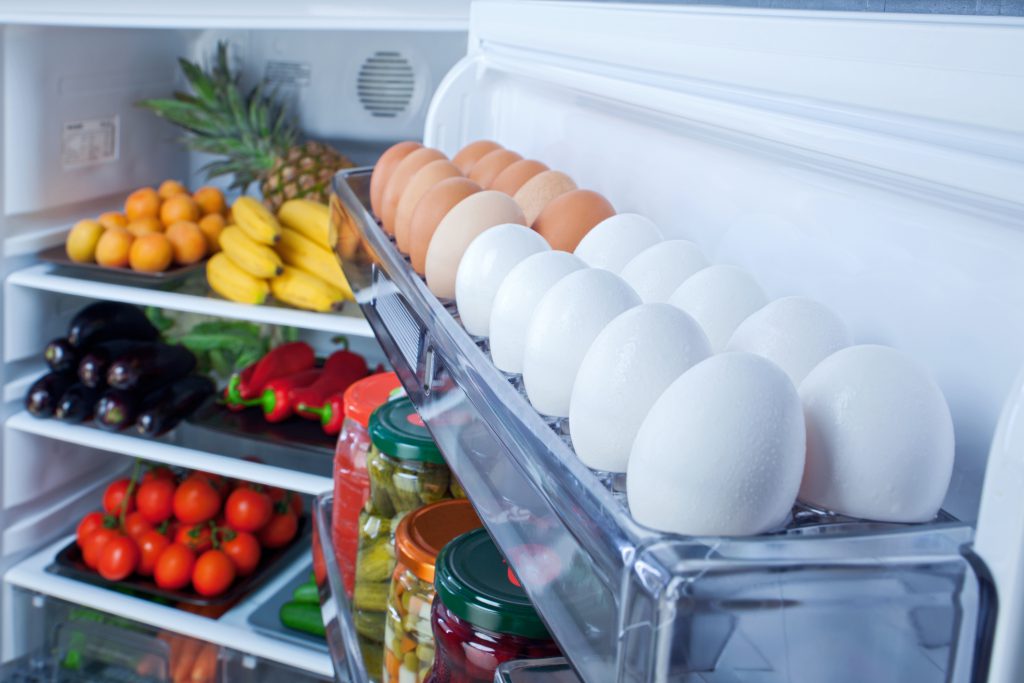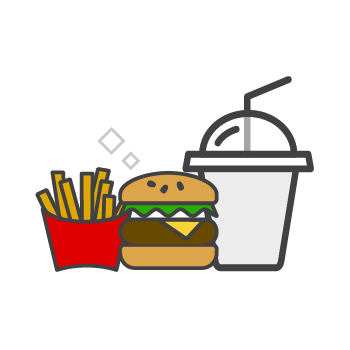Say No to Plastic! Read Tips On How To Store Your Fresh Produce
by Lou-Ann Jordan Aug 3, 2020

Maybe it’s because plastic has been in use for more than 100 years, but many of us can’t imagine life without it. We use it to carry our groceries, package takeaway meals and store our produce.
Let’s face it we’ve all benefited from its use. We’re sure many of you have now added garbage bags to your monthly shopping list, as supermarkets halt in supplying shopping bags. And, as the Plastics Industry Association observes: “consumers benefit from the advantages in cost, convenience and energy efficiency that single-use items provide.”
But, despite these ‘benefits’, there is no disputing the resulting damage that occurs from plastic pollution. Countries’ inability to carry out proper waste management has contributed to global marine plastic pollution. And, sadly in 2019, a Forbes article labelled the Caribbean as the world’s biggest offenders of plastic pollution per capita.
Many countries in the region have placed a ban on single-use plastic, and others continue to follow. It’s all in an effort to diminish plastic pollution. In most instances, food packaging such as saran wrap and Styrofoam trays has been exempted, until further notice.
We all applaud the attempt to protect our environment and our marine wildlife. Still, haven’t the ban on single-use plastic left you wondering what if plastic was to be banned altogether. What a conundrum—how would we store our food and fruits?
Well, we believe that’s a valid question. Moreover, we imagine now more than ever before, you’re probably thinking of all the ways to reduce plastic in the kitchen. But, let’s begin with storing our produce.
Whether your supermarket or greengrocer is using plastic or Styrofoam packaging or has decided to do away with it, we want you to help you adjust to using less plastic.
We’ve done the research and are happy to share it with you.
Here’s how to store your favourite produce without using plastic.
Apples – First, you don’t need them in a bag. Apples are fantastic because they usually have a long shelf life. These can be left at out of the fridge; however, refrigeration will lengthen their lifespan. Generally, when refrigerated apples last two months upward.
Tip: Fruits like pineapples, tomatoes, avocadoes, mangoes, papaya, plums are best if left out of the refrigerator. Once they’re uncut, you can leave them on your countertops; arranged beautifully in a bowl.
Grapes – Usually, the packaging helps to protect it against getting squashed and softened by other items in your cart. So, most likely, they will be pre-packaged. Once at home, plastic is not necessary for storage. Similar to apples, grapes do well whether refrigerated or left in the open. However, they will last longer in your fridge.
Tip: To go plastic-free in purchasing grapes require intentionality. First, you’ll have to opt to add it as the last item to your shopping cart, and then take along an extra bag. You can transport easily bruised produce, such as grapes and tomatoes, together.
Carrots – We commonly get our carrots parcelled in plastic which helps to keep them fresh. However, carrots can last almost up to a month without the packaging. But, do aim to minimise moisture as it accelerates rot.
Tip: To delay spoilage you can chop, blanch and freeze your carrots until you’re ready to use them.

Potatoes/Sweet Potatoes – We’re quite accustomed to picking up a plastic bag of potatoes, whether sweet or otherwise, and dropping them into our shopping cart. Why not select from those that are loose. Whichever you choose, keep in mind that once at home you can store your potatoes on your countertop or pantry in a paper bag.
Tip: Don’t store your regular potatoes or sweet potatoes in the fridge. Storing them in a cool, dry and dark place helps to maintain their freshness better.
Onions – Sometimes, these are sold in clear plastic bags, but that may be rare. In any event, storing your onions is relatively easy. It’s best to place somewhere cool with proper ventilation, and packaging is not necessary. Also, don’t stack them.
Tip: Beware of its storage companions—next to potatoes is never a good idea. Onions release gases that make potatoes sprout faster.
Celery – A flavourful addition to any pot, celery is a cooking staple. The best way to keep it crisp—and this may shock you—is to wrap it in foil. Usually, celery is sold on a Styrofoam tray covered in plastic or in a plastic bag, yet neither is needed to keep it fresh. So, you can discard.
Tip: Celery emits a gas called ethylene. Would you believe storing it in plastic traps the gas which hastens spoilage?
Lettuce – Lettuce is usually sold wrapped or bagged, and we understand why. Have you asked yourself if it’s needed? A good wash once at home should be fine. And, storing lettuce requires little work; the goal is to keep it damp. Dampening the head of lettuce and placing it in an airtight container should do the trick.
Tip: Keep lettuce away from celery as it’s sensitive to ethylene.
Broccoli – There are two ways to keep your broccoli fresh, but refrigeration is a must. First, you can place in an open container in the fridge or wrap in a damp towel.
Tip: Similar to carrots, blanching broccoli and freezing is an excellent option if you’re storing for an extended period.
As with most new endeavours, reducing our plastic usage may seem daunting at first, but it is possible. Approach it in steps, so as not to become overwhelmed. First, work on minimising your at-home use of plastic, then you can branch out. You may come to realise, more often than not, you don’t need it.
In addition to altering your food storage process, why not also try making some changes with your meals? For example, you can give packing a zero-waste lunch a go. We guarantee it’s easier than you think.
Read our article tips on packing a zero-waste lunch for inspiration.
Sources: Forbes, Consumer Reports, Plastics Industry Association and Mashed.








